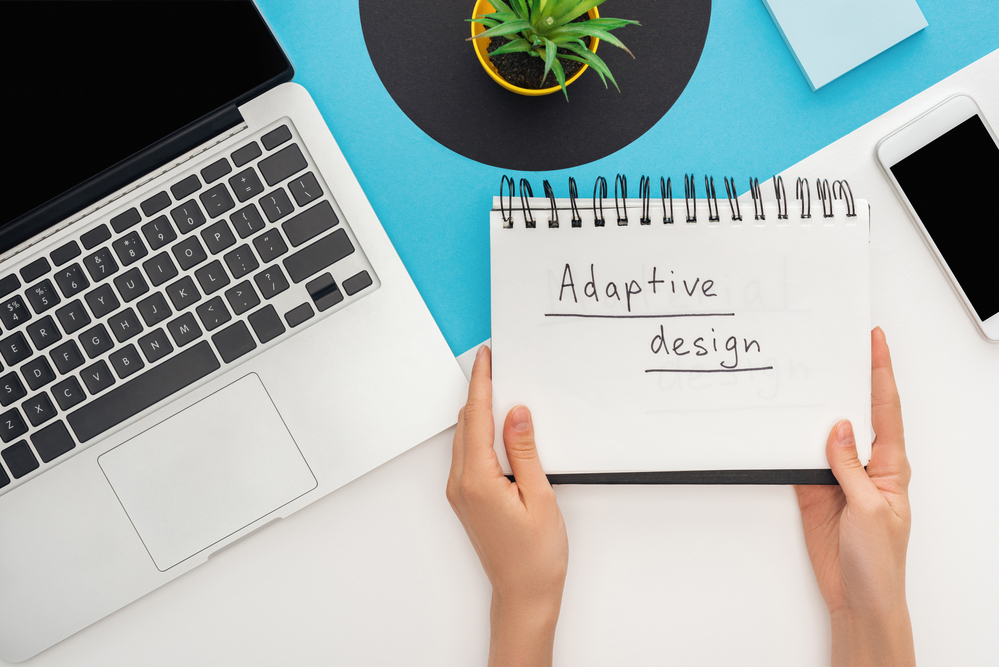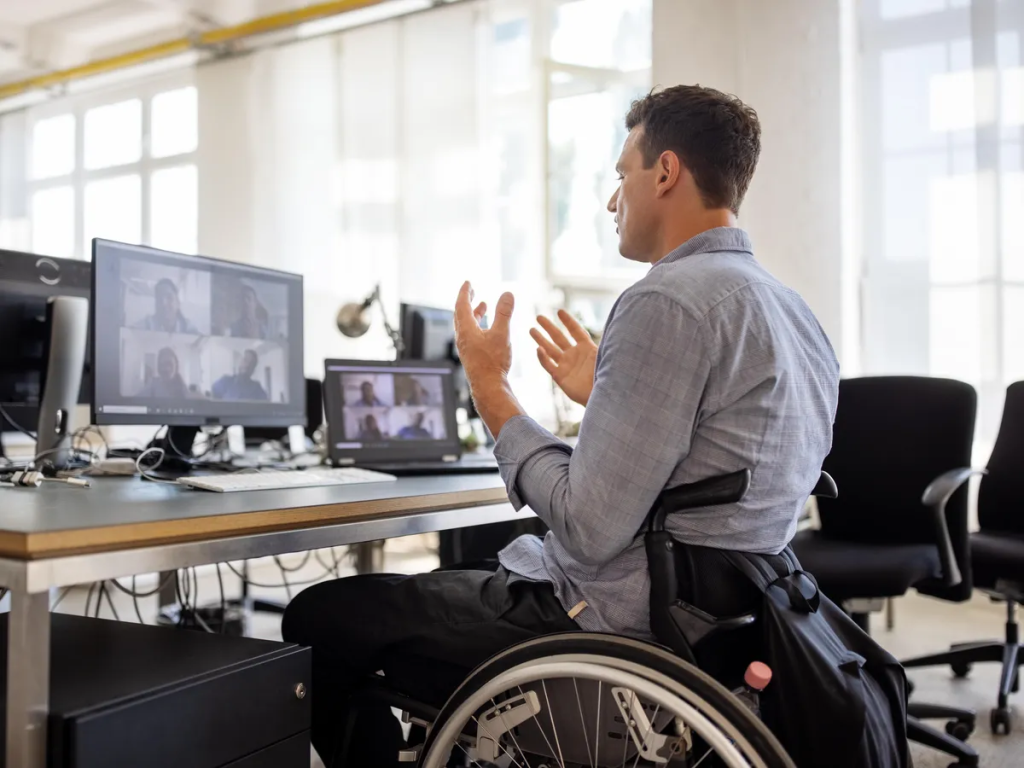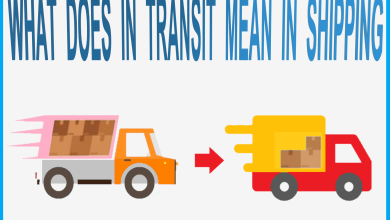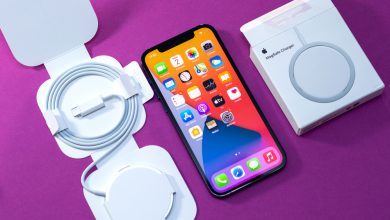Technology Is Helping People With Disabilities Use a Computer Effectively

Unfortunately, people are involved in accidents every day, and there are some situations where people might suffer serious injuries in an accident. You need to seek medical care as quickly as possible, but even with the appropriate medical treatment, you could still be diagnosed with a long-term disability. The good news is that new technology devices are helping people with disabilities lead fulfilling lives.
What are some of the top ways that technology is helping people with disabilities recover from their injuries?
Computer Aids
Computers are integral to our everyday lives. There is a chance that you might not be able to go a single day without access to the internet. At the same time, if you have a long-term disability, you may have difficulty using a computer. Now, there are plenty of hardware modifications that can make it easier for you to use a computer. For example, there are expanded keyboards that place the keys farther apart. These types of keyboards can be beneficial for people who do not have fine motor control.
Then there are miniature keyboards available as well. These keyboards are perfect for people who still have fine motor control but might not be able to use a standard keyboard due to impaired gross motor function. There are even keyboards that have been designed for people who only have one hand.
If you have difficulty using a mouse, you might be interested in trackballs instead. This could make it easier for you to point and click on icons on the computer. If you have difficulty typing, you might even be interested in a voice recognition program that can help you.
Vision Aids
Other people involved in severe accidents might have severe vision impairment. Some people have a difficult time using a standard keyboard, so there are keyboards with larger letters that are perfect for people who may have severe visual impairments.
They are also devices that use special printer ink. That way, people with visual impairments have an easier time reading the document that they print off. Some monitors make it easier to adjust the font color or the screen’s contrast to make it even easier for people to see. Anti-glare screens can also be beneficial for people who have been diagnosed with low vision.
Even with these changes, some people may have difficulty reading the information on the computer screen. With access to new optical character recognition programs, it is possible for people to listen to computers read the information on the screen out loud to them. That way, they do not miss anything.
Hearing Aids
There are plenty of hearing aids that are available for people who have been diagnosed with a hearing disability. One of the most straightforward changes is to add captions to videos and interviews. When people use a computer online, there should always be an option to add captions. That way, even if someone can’t hear what is being said, they can read along as the video plays. The same is true with interviews. If an interview occurs on the computer screen, people with hearing disabilities might not be able to hear what is being said. If there is a transcription that goes along with the interview, it allows people who have been diagnosed with hearing disabilities to be able to follow along effectively.
Adaptive Devices and Wheelchairs

Wheelchairs are an everyday necessary item for many people with disabilities. But new technology is making it easier for people to live a more independent lifestyle. For example, some wheelchairs now come with handles that allow you to push your wheelchair without assistance. There are also power-assisted wheelchairs available that use motors to help propel you instead of relying on manual pushing. This can make it much easier for those with difficulty propelling themselves with their arms or legs due to disability.
In addition, there have been advances in adaptive devices as well. For example, prosthetics are now available with sensors that tell when the user is at risk of falling over or losing their balance. This can be extremely helpful for people who have difficulty maintaining their equilibrium. There are also devices available that can help with dressing, eating, and other activities of daily living.
Smart Home Technology
Finally, there is the emergence of smart home technology, which can make life easier for those with disabilities. For example, some homes now come equipped with voice command systems that allow you to control lights, locks, or thermostats without needing to move around the house physically. These technologies can benefit those who cannot get up from a chair or bed due to their disability. These same voice command systems can also help you quickly and easily access information from your smartphone or computer quickly and easily regardless of your mobility.
Technology Is Everywhere for People WIth Disabilities
There are plenty of ways that technology plays a role in the recovery process. If you have been diagnosed with a long-term disability, you do not have to face this situation alone. You should follow your treatment plan and keep in touch with your doctor, but you should also look at some technological options available. There are plenty of devices that can improve areas of your life that might have suffered as a result of your disability. That way, you can take full advantage of every opportunity available.
Are there any special devices that can help people with vision impairments?
Yes! Special keyboards with larger letters, special printer ink, contrast adjustment on monitors, anti-glare screens, and optical character recognition programs can all be beneficial for people diagnosed with low vision.
How can technology help those with hearing disabilities?
Hearing aids, captions on videos and interviews, and interview transcripts can all benefit people with hearing disabilities. These tools provide an extra layer of accessibility so they can still participate in conversations and access the same information as someone without a disability.
Are there other ways technology is aiding recovery for those with disabilities?
Yes! Technology is increasingly vital in helping people with disabilities recover more quickly and live more fulfilling lives. Technologies such as voice recognition software, special printer ink, contrast adjustment on monitors, anti-glare screens, and optical character recognition programs are some of the possibilities available to those with a disability. With the right technology, anything is possible!




